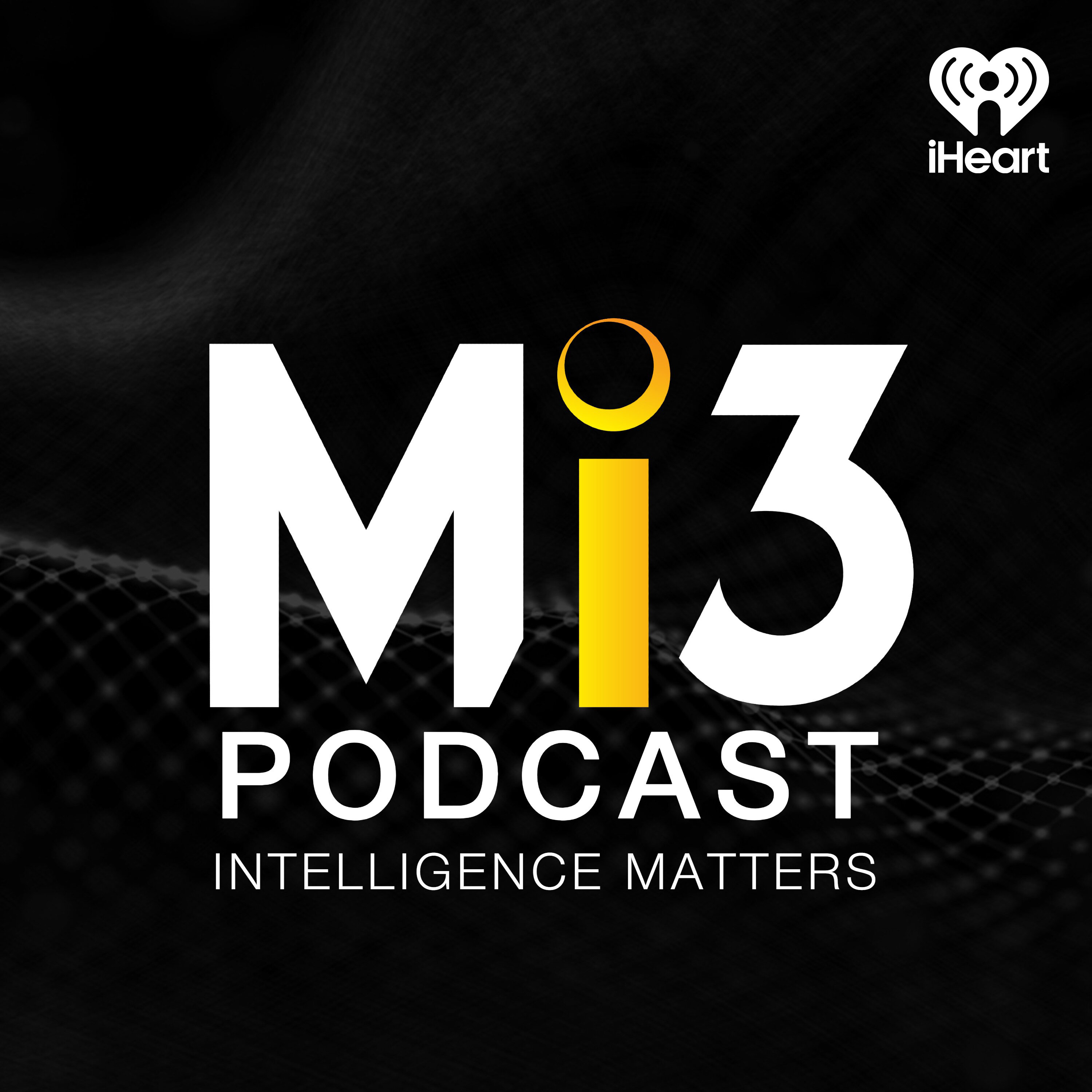The CMO Awards Podcast Ep8: Building brand for demand: Michael Hill, Reflections Holidays, Allianz CMOs on the business case and foundations for a brand-first marketing strategy
Host: Nadia Cameron - Editor - Marketing | Associate Publisher Brand evolution: It’s in the sights of every marketer, but how do you honour the legacy while seeking a new narrative that grabs attention, signals distinctiveness, and builds loyalty? How do you prove it’s worth investing in brand not just demand internally? What team structures and measures are better for driving a brand-led marketing approach? And what does it take to avoid what Mark Ritson calls “the pornography of change” in your creative and brand execution for the sake of it, versus innovating to ensure continued cultural relevance and commercial success? Joining in this final episode in the CMO Awards podcast series for 2025 are three of our finalists and winners – Michael Hill CMO, Jo Feeney, Reflections Holidays CMO, Pete Chapman, and Allianz Australia general manager of customer strategy and marketing, Laura Halbert – who have made brand their mantra and mechanism for commercial success. Each of these marketing chiefs is in a different lifecycle stage of brand maturity. Yet similarities in ingredients are in evidence: Capturing then leveraging data and customer insight, identifying and sticking to brand values, recalibrating media spend, committing to long-lasting creative and content that oozes distinctive brand assets, multi-year horizons, whole-of-company buy-in, baseline metrics and commercial smarts. Take Reflections Holiday, a relatively young brand representing 40 holiday parks in Australia. As the business has transformed its operating model and committed to becoming a social enterprise, building brand has taken centre stage. Under the moniker, ‘Life’s better outside’, Chapman has been flipping category perceptions on their heads and stridently seeking engagement with a more discerning outdoors audience that puts nature, not novelty, first. From only 10 per cent of budget going on brand versus performance, it’s completely switched the other way. Last year, Reflections also underwent a rebrand complete with new positioning and brand look. The new brand strategy made for some exceptional – and ironically, short-term – results, Chapman says. These include 10.1 year-on-year, topline revenue growth between February 2024 and February 2025, a +15.9 per cent lift in NPS, and a 20 per cent increase in loyalty club membership. For Feeney, the lack of clarity on what Michael Hill stood for, overreliance on product and price promotions, limited insight into what customers thought and the absence of a narrative around a compelling lineage in fine jewellery all made rebranding a must. But you can’t tackle it all in one hit. So she introduced brand tracking first, and made the case for taking price points off advertising. Feeney also jettisoned the catalogues and shifted towards digital and “better media channels”, as the longer-term shift to reinvest an unprecedented 60 per cent of advertising funding into brand began. “We couldn't have gone from zero to 100, we actually had to start to retell the story of Michael Hill,” says Feeney. “Resetting ourselves and getting a baseline was the really important part to then be able to even think about what could a rebrand look like.” Even with persistently tough retail conditions, brand efforts helped turn three years of negative growth into three years of positive growth in group sales: +13.1 per cent (2021), +7 per cent (2023) and +9.8 per cent (2024). Halbert meanwhile, is in the early stages of a rebranding effort for Allianz Australia, debuting its new brand positioning work, ‘Care you can count on’ in June. She’s already reporting a 15-point lift in brand awareness thanks to a creative approach grounded in leveraging distinctive brand assets that take their cues from a level of care Halbert felt in her first interviews before even joining the insurance giant. “So the first marker was just in the experience. But the wonderful thing about a German organisation is we do have data. I was flooded with all the data and all of the research you could possibly dream of. When you really unpacked it… what was clear was that it was an amazing brand, with good awareness, good consideration, lots of trust. But when you unpack it further, it wasn't enough. “We needed to be different. We needed to be distinctive. So we went on a mission over the course of the last 18 months to really go and understand who we were right at the core.”See omnystudio.com/listener for privacy information.
